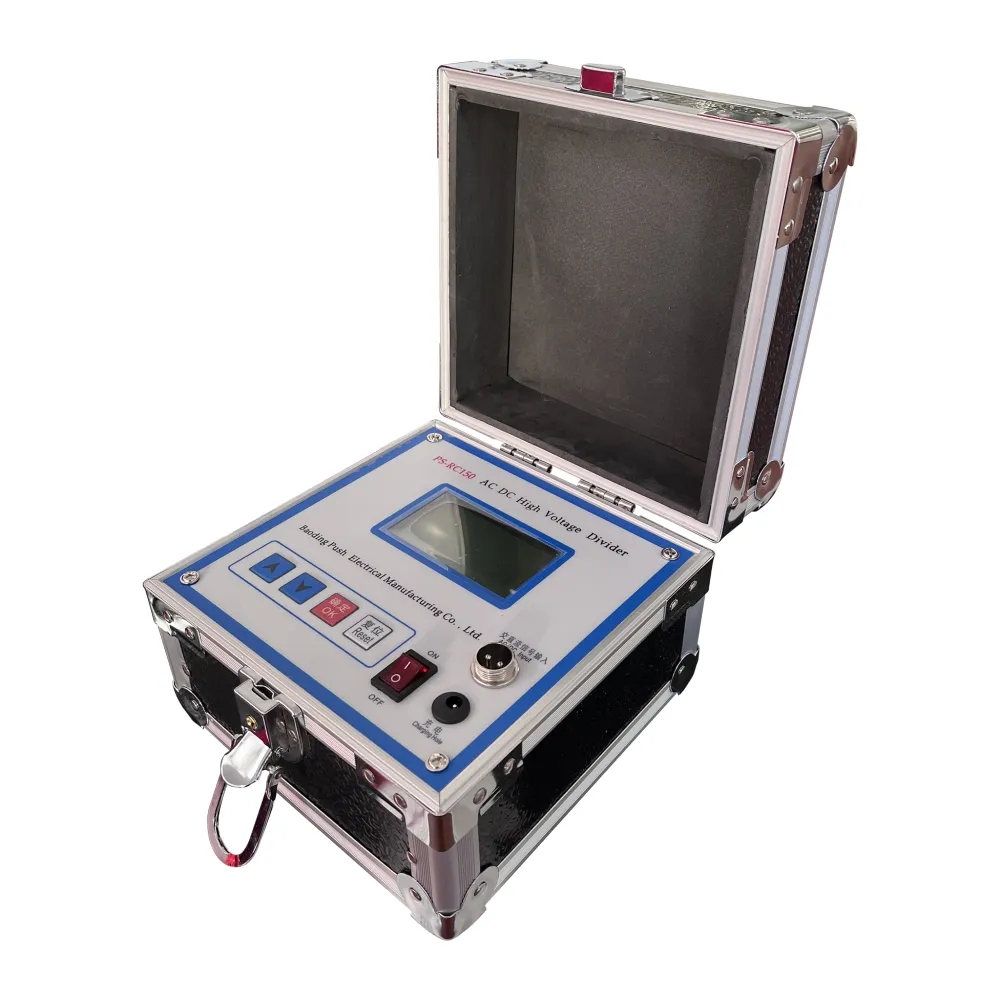TEL:
+86-0312-3189593
 English
English

Telephone:0312-3189593

Email:sales@oil-tester.com

-
 Afrikaans
Afrikaans -
 Albanian
Albanian -
 Amharic
Amharic -
 Arabic
Arabic -
 Armenian
Armenian -
 Azerbaijani
Azerbaijani -
 Basque
Basque -
 Belarusian
Belarusian -
 Bengali
Bengali -
 Bosnian
Bosnian -
 Bulgarian
Bulgarian -
 Catalan
Catalan -
 Cebuano
Cebuano -
 China
China -
 China (Taiwan)
China (Taiwan) -
 Corsican
Corsican -
 Croatian
Croatian -
 Czech
Czech -
 Danish
Danish -
 Dutch
Dutch -
 English
English -
 Esperanto
Esperanto -
 Estonian
Estonian -
 Finnish
Finnish -
 French
French -
 Frisian
Frisian -
 Galician
Galician -
 Georgian
Georgian -
 German
German -
 Greek
Greek -
 Gujarati
Gujarati -
 Haitian Creole
Haitian Creole -
 hausa
hausa -
 hawaiian
hawaiian -
 Hebrew
Hebrew -
 Hindi
Hindi -
 Miao
Miao -
 Hungarian
Hungarian -
 Icelandic
Icelandic -
 igbo
igbo -
 Indonesian
Indonesian -
 irish
irish -
 Italian
Italian -
 Japanese
Japanese -
 Javanese
Javanese -
 Kannada
Kannada -
 kazakh
kazakh -
 Khmer
Khmer -
 Rwandese
Rwandese -
 Korean
Korean -
 Kurdish
Kurdish -
 Kyrgyz
Kyrgyz -
 Lao
Lao -
 Latin
Latin -
 Latvian
Latvian -
 Lithuanian
Lithuanian -
 Luxembourgish
Luxembourgish -
 Macedonian
Macedonian -
 Malgashi
Malgashi -
 Malay
Malay -
 Malayalam
Malayalam -
 Maltese
Maltese -
 Maori
Maori -
 Marathi
Marathi -
 Mongolian
Mongolian -
 Myanmar
Myanmar -
 Nepali
Nepali -
 Norwegian
Norwegian -
 Norwegian
Norwegian -
 Occitan
Occitan -
 Pashto
Pashto -
 Persian
Persian -
 Polish
Polish -
 Portuguese
Portuguese -
 Punjabi
Punjabi -
 Romanian
Romanian -
 Russian
Russian -
 Samoan
Samoan -
 Scottish Gaelic
Scottish Gaelic -
 Serbian
Serbian -
 Sesotho
Sesotho -
 Shona
Shona -
 Sindhi
Sindhi -
 Sinhala
Sinhala -
 Slovak
Slovak -
 Slovenian
Slovenian -
 Somali
Somali -
 Spanish
Spanish -
 Sundanese
Sundanese -
 Swahili
Swahili -
 Swedish
Swedish -
 Tagalog
Tagalog -
 Tajik
Tajik -
 Tamil
Tamil -
 Tatar
Tatar -
 Telugu
Telugu -
 Thai
Thai -
 Turkish
Turkish -
 Turkmen
Turkmen -
 Ukrainian
Ukrainian -
 Urdu
Urdu -
 Uighur
Uighur -
 Uzbek
Uzbek -
 Vietnamese
Vietnamese -
 Welsh
Welsh -
 Bantu
Bantu -
 Yiddish
Yiddish -
 Yoruba
Yoruba -
 Zulu
Zulu
Jan . 20, 2025 00:57
Back to list
automated gas chromatography
Automated gas chromatography has revolutionized the analytical chemistry landscape, seamlessly blending precise science with technological advancements. This modern-day marvel offers unmatched efficiency, accuracy, and versatility, making it an indispensable tool in laboratories across various industries.
From an authoritative standpoint, adopting automated gas chromatography aligns well with stringent regulatory standards often encountered in healthcare and environmental sectors. Automated systems not only promise compliance by delivering precise quantitative and qualitative analyses but also provide comprehensive audit trails, ensuring transparency and traceability of results. Moreover, with advancements in detector technology such as mass spectrometry, dual-detector capabilities have expanded the horizons of gas chromatography, enabling simultaneous multi-component analysis with exceptional sensitivity. Trustworthiness in analytical outcomes is paramount. Automated gas chromatography achieves this through robust method development, validation protocols, and integration with Laboratory Information Management Systems (LIMS). This integration fosters secure data handling, efficient sample tracking, and seamless reporting, critical for constructing confidence in the analytical results generated. In a domain where analytical accuracy can influence critical decisions, having a system that guarantees high reliability is not just beneficial but necessary. Concluding the experience, expertise, authority, and trustworthiness spectrum, it becomes evident that the transformation brought about by automated gas chromatography is transformative. Laboratories adopting this technology not only gain a competitive edge but also contribute significantly to scientific and economically viable advancements. In essence, automated gas chromatography has not only enhanced the analytical capabilities of researchers and industry professionals but has also cemented its place as a cornerstone technology in modern analytical methodologies.


From an authoritative standpoint, adopting automated gas chromatography aligns well with stringent regulatory standards often encountered in healthcare and environmental sectors. Automated systems not only promise compliance by delivering precise quantitative and qualitative analyses but also provide comprehensive audit trails, ensuring transparency and traceability of results. Moreover, with advancements in detector technology such as mass spectrometry, dual-detector capabilities have expanded the horizons of gas chromatography, enabling simultaneous multi-component analysis with exceptional sensitivity. Trustworthiness in analytical outcomes is paramount. Automated gas chromatography achieves this through robust method development, validation protocols, and integration with Laboratory Information Management Systems (LIMS). This integration fosters secure data handling, efficient sample tracking, and seamless reporting, critical for constructing confidence in the analytical results generated. In a domain where analytical accuracy can influence critical decisions, having a system that guarantees high reliability is not just beneficial but necessary. Concluding the experience, expertise, authority, and trustworthiness spectrum, it becomes evident that the transformation brought about by automated gas chromatography is transformative. Laboratories adopting this technology not only gain a competitive edge but also contribute significantly to scientific and economically viable advancements. In essence, automated gas chromatography has not only enhanced the analytical capabilities of researchers and industry professionals but has also cemented its place as a cornerstone technology in modern analytical methodologies.
Previous:
Next:
Latest news
-
Using Distillation Range Testers in the Food and Beverage IndustryNewsApr.16,2025
-
The Impact of IoT on Distillation Range Tester PerformanceNewsApr.16,2025
-
The Best Distillation Range Testers for Extreme ConditionsNewsApr.16,2025
-
How Distillation Range Testers Save Time and MoneyNewsApr.16,2025
-
Distillation Devices for Advanced Separation TechniquesNewsApr.16,2025
-
Common Mistakes to Avoid When Using a Distillation Range TesterNewsApr.16,2025



